Good News from the North: Greenland’s Glacial Mud Could Remineralize the Tropics
Professor Minik Rosing speaking at TEDx Cannes on November 9, 2016
In 1979, Greenland ended a long history of political dependence on Denmark and began a new era as a self-governing entity. With this independence, Greenland faces several challenges. How can the small nation of less than 56,000 people create a sustainable economy with robust trade with the rest of the world? How can Greenland achieve economic self-sufficiency without sacrificing their values or their culture, including Inuit culture? How can citizens address climate change as Greenland’s glaciers continue to melt? International collaborations with universities and businesses are revealing that a potential key to solving these problems is remineralization. Greenland’s wealth may lie in its mud.
Greenland Perspective
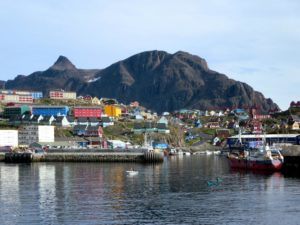
The pointed peak of Nasaasaaq (784 metres) overlooks Sisimiut, second largest city and northernmost yearround ice-free port of Greenland-Photo by David Stanley. (Click to enlarge)
Although Greenland is no longer a colony of Denmark, decolonization did not create lingering animosity; it created a strong partnership between independent entities. One sign of this partnership is the Greenland Perspective initiative, an interdisciplinary collaboration among a group of leaders from Greenland and its allies, including Denmark. According to its mission statement, “Greenland Perspective aims to describe, analyze and investigate how Greenland can develop business and society based on the special Greenlandic characteristics – and at the same time contribute to solving global challenges.”1
The goal is to make Greenland self-sufficient at home and a force for good abroad, while maintaining cultural identity. An important part of that culture is respect for the environment. Any economic solution should not come at the expense of the Earth.
The work of Greenland Perspective has revealed that glacial mud may be integral to Greenland’s future. Greenland possesses glacial mud rich in minerals that are beneficial to plant growth and capable of turning barren earth into fertile soil. This glacial mud is plentiful and easily harvested. Greenland could export glacial mud to tropical countries with nutrient-poor soil, improving the nation’s economy while increasing agricultural productivity around the world.
In 2015, Greenland Perspective launched a five-year project exploring the economic, environmental, and agricultural benefits of glacial mud. The lead researcher of this glacial mud project is Professor Minik Rosing of the University of Copenhagen. He has ties to both Denmark and Greenland: his father was Greenland Inuit, and his mother was Danish; he lives in Denmark, but during the summers he works in Greenland.2
Professor Rosing’s previous research in Greenland unearthed evidence that life on Earth began hundreds of millions of years earlier than previously thought. He found evidence of photosynthesis 3.7 billion years ago.3
He also previously worked on Possible Greenland, a project whose goal was to find new ways to improve Greenland’s future. Discussing this project in a video, Professor Rosing said, “The future is not a destiny. It is a function of the choices we make today.” He continues to put this belief into practice with Greenland Perspective, where he investigates how Greenland’s unique geology could impact the nation’s future. Professor Rosing hopes Greenland’s minerals and resources will allow the nation to play a larger role in the world economy.
Professor Rosing presented his vision for the future at TEDx Cannes in November 2016. In this presentation, he lamented that, “The Arctic has become a symbol of global [climate] change and impending disaster. […] I think it is kind of misleading that the Arctic has gotten this emblem of being a symbol of disaster. Because the reason why we as scientists go into the arctic is because the Arctic is the most wonderful region on the planet.”
His work, along with the work of Greenland Perspective, is starting to show how Greenland could provide major contributions to solving global problems, from climate change to poverty and food security.
Ongoing research on Greenland’s mud
Greenlandic glacial mud – also known as glacial rock dust – is rich in minerals that are beneficial to plant growth and capable of turning barren earth into fertile soil. As climate change increases global temperatures, Greenland’s glaciers are rapidly melting. As these glaciers melt, the mud underneath becomes accessible.
Unlike Greenland, many countries in the tropics have nutrient-poor soil. Many nutrients and minerals are essential for plant growth. Nutrient-poor soil is bad for agriculture, food security, and food sovereignty. Healthy, living soils will go a long way toward improving agricultural outputs in many tropical countries.
In Professor Rosing’s TEDx talk, he emphasized that there is a connection between wealth and the soil. Looking at a map of soil quality and comparing it to wealth, he explains:
You see that richness couples completely with where the soil is good. The reason for this is not that the soil has always been like that, it is because the soil was replenished with minerals during the last ice age. The ice came down from the north, scoured the rocks, turned it into fine powder and dumped it in front of the glaciers and fertilized the grounds across North America, Europe, and Asia, and that is where everything that feeds humankind today grows.
To Professor Rosing and his colleagues, this suggests a potential solution for agriculture in the tropics.
My suggestion is very simple. In Greenland, where we have the last bit of the ice cap in the Northern Hemisphere, and it’s melting right now, […] it’s flushing out billions of tons of very finely ground rock flour that contains all the mineral nutrients that are missing in the tropics. The idea is we take that mud, this material from Greenland, transferred to the tropical regions and spread it on the ground, where it will re-fertilize the soil and provide for new wealth and new development in these countries.
Researchers with Greenland Perspective are working to make this a reality.
The Soil Fertility Research Group at the University of Copenhagen, in work associated with Greenland Perspective, studies nutrient availability and nutrient turnover in the soil of tropical countries.4 The group further investigates the role of these minerals in plant development, and explores different methods for increasing soil fertility. One promising method for increasing soil fertility is the application of Greenlandic glacial mud.
Professor Andreas de Neergaard, soil fertility researcher at the University of Copenhagen, researches the effects of glacial rock dust on plant growth.5 He and his team have demonstrated that lupine plants grown in soil treated with Greenlandic rock dust gained more biomass than plants in untreated soil. Although these results are encouraging, there is still much work to be done. Researchers need to investigate the effect of Greenlandic rock dust on plant growth of different species, and they need to determine which compositions of rock dust are most effective.
Early in 2017, University of Copenhagen PhD student Klara Cecilia Gunnarsen joined the project. Her research will further investigate how glacial rock dust can be used as soil fertilizer.6 Her research is just beginning, but she is hopeful. “So far, rock flour has only been tested in depleted Danish soils,” she said in a recent interview. “[I]t will be interesting to see if rock flour amendments in other soils will give similar positive plant responses.”6
Gunnarsen will study the rate at which different minerals weather from rock dust into the soil and how various species of plants uptake these minerals from the soil. Additionally, Gunnarsen hopes to characterize mineral compositions of rock dust from different regions of Greenland and compare them to soil from the tropics. She is partnering with the University of São Paulo to perform field tests on depleted soils in Brazil. Ultimately, Gunnarsen will determine if rock dust from Greenland is a viable method for remineralizing tropical soils.
Rock dust from Greenland mud provides additional benefits over chemical fertilizers. As previous RTE articles have discussed in detail, rock dusts have a longer lasting impact than chemical fertilizers and are better for the environment because they slowly release minerals into the soil through a natural weathering process. Additionally, it can help combat climate change by increasing both biomass and carbon sequestration in the soil.
How glacial mud can grow Greenland’s economy
If further research into glacial rock dust yields positive results, Greenland could potentially become a major exporter of rock dust. Glacial mud is plentiful and easily harvested. Remineralization using Greenland’s glacial mud could increase food production and food availability in tropical nations. It offers a solution to agricultural problems that is consistent with the values of sustainability and progress that drive Greenland Perspective.
However, in order to get the glacial mud to the tropics, it needs to be shipped. Can Greenland efficiently ship the mud where it needs to go? Greenland’s mud could best benefit countries in South America, 5,000 miles away. This raises two concerns. First, will shipping cost too much to be economically viable? Second, will the environmental impact of shipping negate the environmental benefits of remineralization? As Professor Rosing puts the problem in his TEDx talk:
Is that really a good idea to take millions of tons of something from someplace on Earth and take it to some other part of Earth? Isn’t that another climate threat? Is that not something that’s going to make our problem even greater?
Professor Rosing offers reason to be hopeful:
[…] the good news is that the mechanism by which the nutrients are released from this material to the plants is a process we call “weathering”: weathering is when something, minerals, react with the carbon dioxide from the atmosphere.
The result would be a reduction of atmospheric carbon.
We can calculate that by transporting this material from the Arctic to the tropics, we actually emit less CO2 in the process than we consume by the reaction of this material with the atmosphere.
If these calculations are correct, shipping mud from Greenland to the tropics could be environmentally sustainable, as well as economically viable.
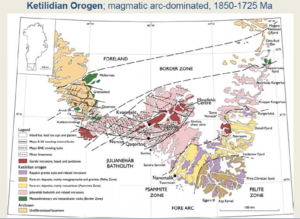
The pointed peak of Nasaasaaq overlooks Sisimiut, second largest city and northernmost yearround ice-free port of Greenland-Photo by David Stanley. (Click to enlarge)
In addition to promoting new international trade, Greenland can use its glacial mud at home to produce unfired bricks. This could address two issues at once. First, the construction industry in Greenland relies on imported building materials, so a local source could benefit Greenland’s economy. Second, creating fired bricks from glacial mud is difficult and costly, so an unfired alternative would be much more practical. At the same time, unfired bricks have the added benefit of controlling building temperatures by naturally absorbing or releasing heat.
Researchers at Technical University of Denmark (DTU) are now exploring the possibility of using glacial mud to make unfired bricks.7 If DTU can develop a cost-efficient method for making unfired bricks, glacial mud could cut down on construction costs and decrease Greenland’s dependence on imported materials.
RTE has previously covered the use of Greenland’s glacial mud in Danish artist Olafur Eliasson’s art installation “Glacial rock flour garden” at the Palace of Versailles. Glacial mud continues to provide surprising economic benefits, as well as artistic inspiration.
The next step for Greenland
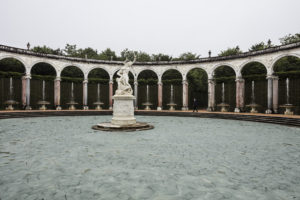
Olafur Eliasson. Glacial rock flour garden, 2016, glacial rock flour. Palace of Versailles, 2016. Photo: Anders Sune Berg. Courtesy of the artist; neugerriemschneider, Berlin; Tanya Bonakdar Gallery, New York © Olafur Eliasson. (Click to enlarge)
As Greenland Perspective aims to strengthen the nation’s position at home and abroad, all eyes are on glacial mud. Professor Rosing, Professor Gunnarsen, and other researchers at the University of Copenhagen and partnering organizations continue to work toward developing a glacial rock dust product for remineralizing tropical soils. If successful, Greenlandic glacial mud could help produce food sovereignty in tropical regions, especially in nations along the western coast of Africa and the Eastern coast of South America.
Ironically, global warming is making this project possible. As glaciers continue to melt and recede, Greenland faces a unique opportunity and an important choice. If the nation chooses to pursue remineralization, glacial mud could create a sustainable future, not only for Greenland, but for countries around the world.
To close, let us return to Professor Rosing’s message from his TEDx talk:
Therefore I will suggest that the Arctic could be a source of good news finally. I will say that Greenland is not called “Greenland” for nothing, it’s actually the place that could make parts of the Earth that are now barren [become] green, as we see Greenland is here. So it’s time for good news from the North.
Benjamin T. Rancourt received his PhD in Philosophy from the University of Massachusetts Amherst in 2016. His continuing philosophical research focuses on understanding, knowledge, and science, among other topics. This research ties into his wider goal of encouraging deeper understanding of ourselves, our strengths, and our limitations. He hopes that greater understanding will help us use the resources available to us to preserve what is good and address what is wrong. Walking is his primary mode of transportation. He appreciates the natural world. He lives in North Carolina with his wife Julia, where he is a Teaching Assistant Professor at North Carolina State University and William Peace University.
Emily Schaefer graduated from the College of William & Mary in 2017 with a B.S. in Biology and a secondary major in English. As an undergraduate, she performed research on seastar fertilization in a marine ecology lab. Her passion for biological studies and writing has led her to pursue science communication. Ultimately, she wants to use storytelling to make science accessible to as many people as possible. She believes science education allows us to appreciate our role in the environment and inspires us to positively impact our world. She is excited to be working toward a more sustainable and environmentally-friendly future with Remineralize the Earth.
References
[1] http://greenlandperspective.ku.dk/this_is_greenland_perspective/ [2] https://indiancountrymedianetwork.com/news/building-on-the-indigenous-culture-in-greenland/ [3] http://news.bbc.co.uk/2/hi/science/nature/3321819.stm [4] http://plen.ku.dk/english/research/plant_soil/soil_fertility/ [5] http://greenlandperspective.ku.dk/news/2016/rockdustsymposium/ [6] http://greenlandperspective.ku.dk/news/2017/new-phd-project-aims-to-determine-plant-nutritional-value-of-glacial-rock-flour/ [7] http://greenlandperspective.ku.dk/news/2016/houses/
Support us on Patreon
Thank you for joining us today! Please become a member of RTE and support us on Patreon. Unlike many larger organizations, we work with a team of determined and passionate volunteers to get our message out. We aim to continue to increase the awareness of remineralization to initiate projects across the globe that remineralize soils, grow nutrient dense food, regenerate our forests’ and stabilize the climate – with your help! If you can, please support us on a monthly basis from just $2, rest assured that you are making a big impact every single month in support of our mission. Thank you!

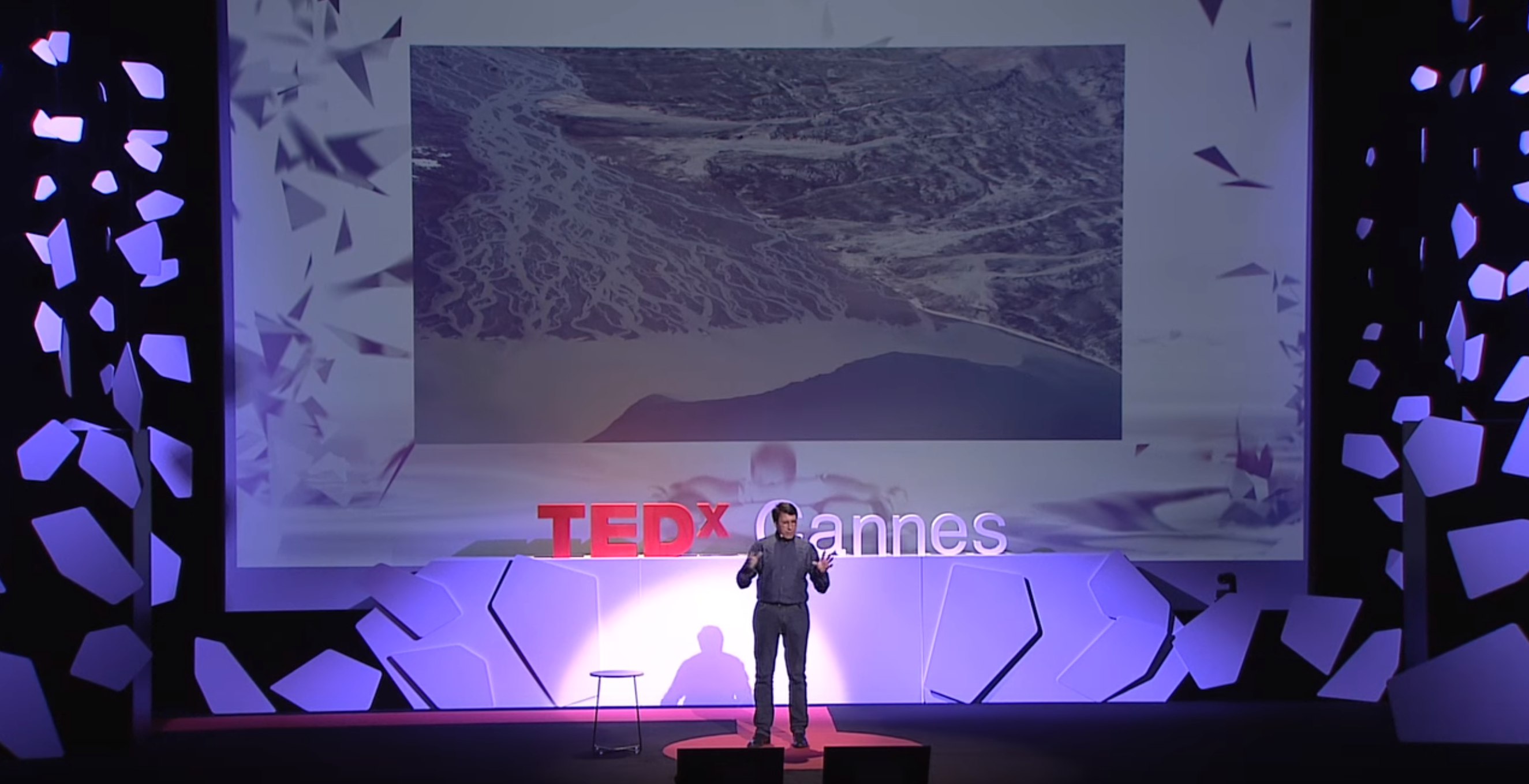
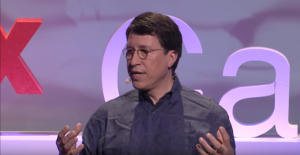
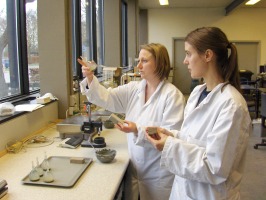
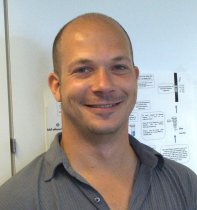
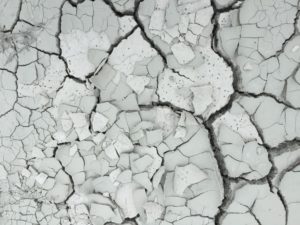






Got something to say?